Storage
Latest
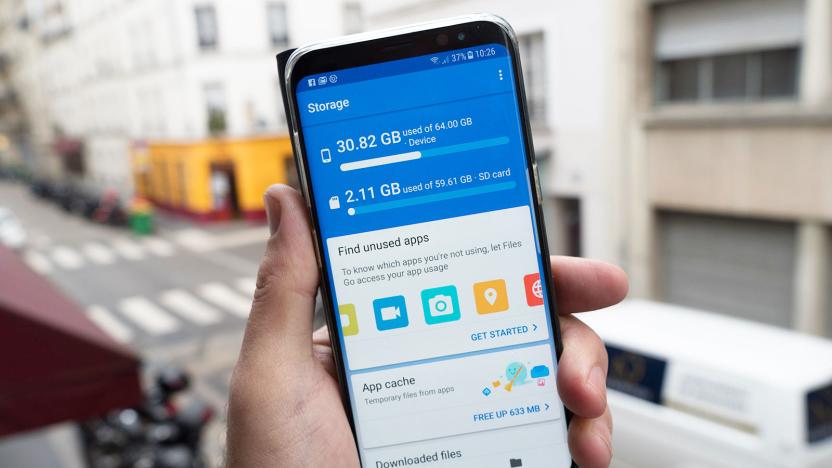
Google releases its Android file storage manager to all
Google has filled a big hole in its Android system by releasing Files Go!, its mobile file organization and sharing app. Launched in beta last month, the app makes it easier for Android users to free up space, find files, back them up to the cloud, and share them with other smartphones, even offline. It's one of the linchpin apps of Google's Oreo 8.1 (Go edition), a slimmed down version of Android meant for the less-powerful devices in developing nations.

Cigarette butts could be reborn as green energy storage
It's no secret that smoking is seriously bad news for your health, but the impact of the habit on the planet's health is pretty bleak, too. Every year nearly six trillion cigarettes are smoked around the world, generating more than 800,000 metric tons of cigarette butts. Something has to be done with them all, and they usually end up in landfill (or leaching into waterways). But now, scientists have discovered they may have a hidden potential: hydrogen storage.

Google Drive on PC/Mac is dead, long live Backup and Sync
If you use Google Drive and/or Photos on PC and Mac, beware that both of those apps are being eliminated starting December 11th, 2017 and shut off completely in March of next year. Don't mourn their loss too much, though. Both have already been replaced by a single app called Google Backup and Sync, which handles both photos and data at once. Business and enterprise users, meanwhile, are being shuffled to Drive File Stream, which is now in wide release after a limited launch in March.
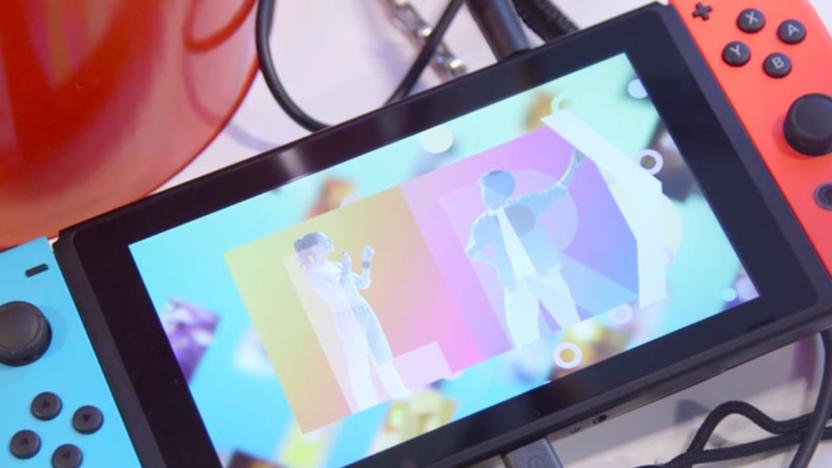
Nintendo and Western Digital bring branded SD cards to Switch
Nintendo has partnered with Western Digital on a line of officially official SanDisk microSDXC cards for its Switch console. What makes them so different? Well, Mario and Link are on the packaging and the 64-and-128 gigabyte cards have Nintendo branding printed on them. Nope, no 400GB cards featuring Wario just yet. And that's the extent of it. The cards will be available starting next month at "select retail outlets." If anything, this will make it easier for parents and family members to grab the right storage card when buying gifts come the holiday season.
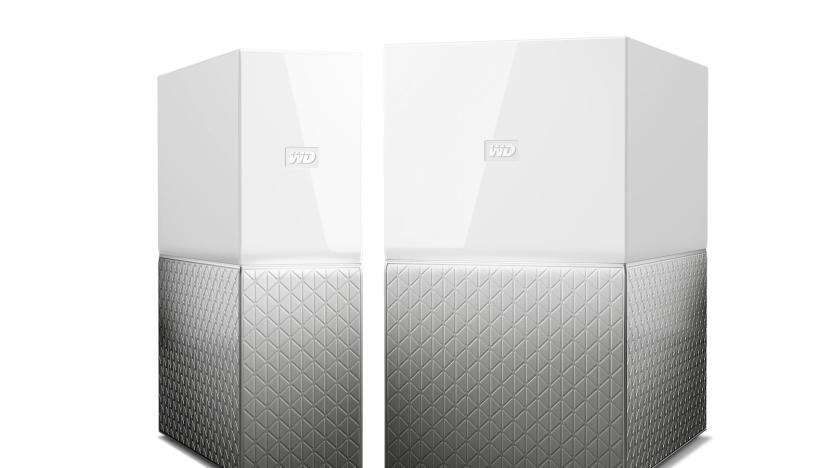
Western Digital's wireless drives get a makeover
Western Digital's wireless backup drives have had a makeover. The new My Cloud Home (opposed to the previous 'My Cloud') is sleeker, more angular and comes with a textured bottom half, perfect for those who'd rather their living room didn't look like a server farm. According to Western Digital, people spread their data across an average of 14 different devices, totalling around 4.5TB of data per household in the US. My Cloud Home lets users dump all of their stuff in one central place, then access it from anywhere with an internet connection.

Alphabet is using salt and antifreeze to store power from wind farms
The latest from Alphabet's experimental X division? A storage solution for renewable energy. Code named "Malta," the system uses tanks of salt and antifreeze (or another hydrocarbon liquid) to create and store energy.
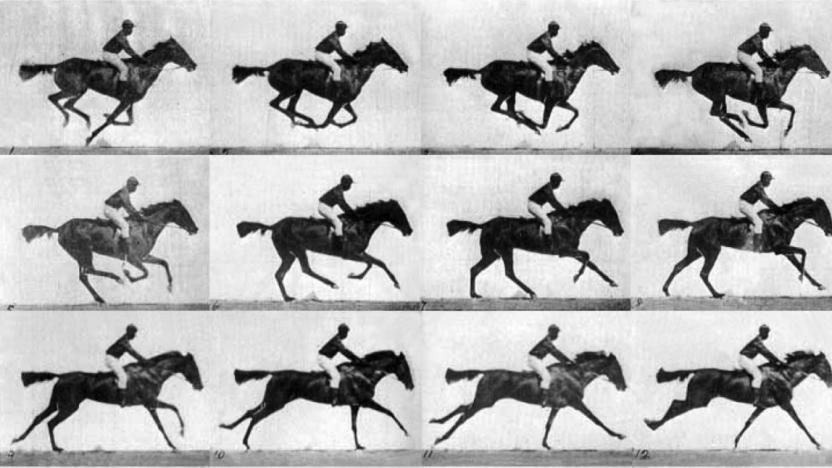
Researchers encode a movie onto living bacteria
Forget USB drives and the cloud -- what if you could carry every bit of data you've ever used on your skin? That's the long-term goal of researchers at Harvard Medical School, who have stored a video in the DNA of bacteria. It's the first time a video has been recorded into living cells, as opposed to synthetic material. The team inserted a short animated image of 'The Horse in Motion' (one of the earliest moving images ever created) into E. coli, using gene-editing system CRISPR. The movie was split into five frames, and each frame chopped into single-colored pixels. They then created DNA codes corresponding to each color and strung them together. Each bacterium carried snippets of the video stored in their DNA, and when taken together, the scientists were able to retrieve and reconstruct the pieces to play the video.
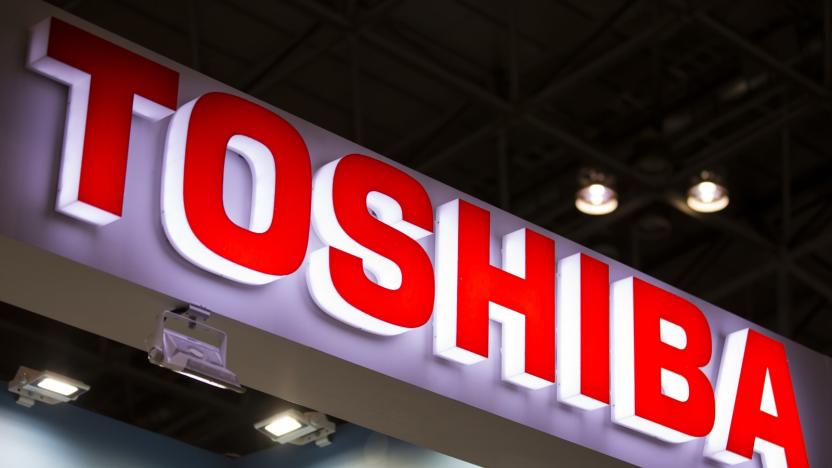
Toshiba's latest SSD tech squeezes 128GB onto a tinier chip
Toshiba and (we think) its partner WD have just unveiled the next generation of rapidly evolving flash memory technology. Its 96-layer NAND tech will arrive in 2018 in 3-bit, 32GB (256 gigabit) chip sizes. That will allow for SSDs and other flash products with 40 percent more storage than 64-layer NAND (which WD and Toshiba started manufacturing last month), reducing consumer prices. Furthermore, WD says that the tech is capable of 64GB all the way up to one terabit (125GB) per chip using 4-bit-per-cell technology.

Intel's SSD 545s has size and speed at an affordable price
It's not too hard to find inexpensive solid-state drives that offer either a lot of storage or brisk performance, but finding both? That's hard. Intel, however, thinks it has a chance. It's launching a budget 2.5-inch drive, the SSD 545s, that theoretically offers both high capacity and speed without straining your wallet. The key is the nature of the storage itself. This is the first shipping drive to use extra-dense 64-layer 3D flash storage, which lets Intel offer an abundance of space using relatively few chips (and thus a lower price) while maintaining performance. The 512GB debut model, for example, costs $180 brand new -- it's not the cheapest out of the gate, but street prices could make it very tempting.

Box’s desktop app is fine for you, but better for businesses
When you think of cloud storage services, your mind probably drifts over Dropbox or Google Drive. You might not remember Box as well -- it was one of the earliest cloud providers out there and it's thriving today. Now, it's catching up with some of its biggest rivals in a notable way: it finally has a desktop app so you manage your entire Box archive sans web browser.
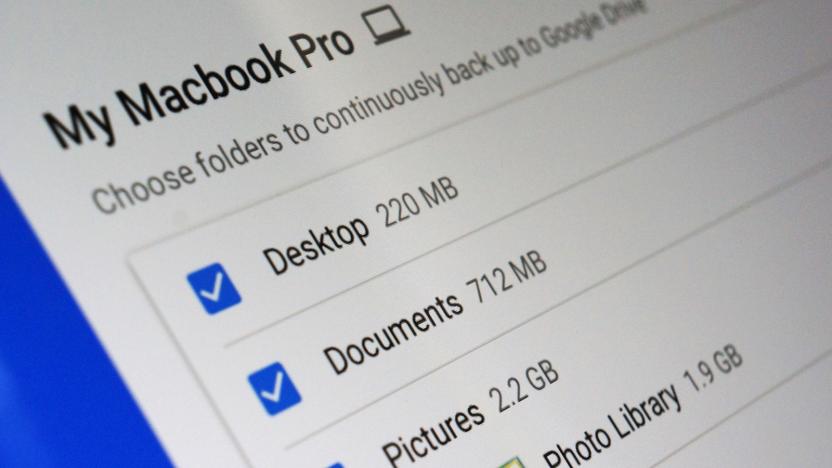
Google Drive will soon back up any file or folder on your computer
If you use a cloud storage app on your PC, there's a good chance you use it as much for backing up your system as you do for accessing files on different devices. And Google knows it. The internet giant is reinventing its Drive desktop app as Backup and Sync, a tool that... well, just look at the name. While it largely accomplishes the same tasks, it's now focused more on safeguarding your data, regardless of where it's stored on your computer. That includes pictures, too -- the updated software integrates the Google Photos desktop app, so you only need one app to sync it all. The only real limitation is the amount of Drive space you have... that 15GB free tier might not cut it.

Octuple your Xbox storage with this new Seagate hard drive
Both PS4 and Xbox One come with at least 500GB of storage, which seems colossal until one realizes each installed game typically takes up 40 to 50 gigabytes. Back in August 2015, hard drive maker Seagate released a 2TB external HDD specifically keyed to both Xbox 360 and Xbox One. Today, they've unveiled a new version that bumps up the space to 8TB and promises to work with every version of Microsoft's current-gen console -- including the upcoming Scorpio.
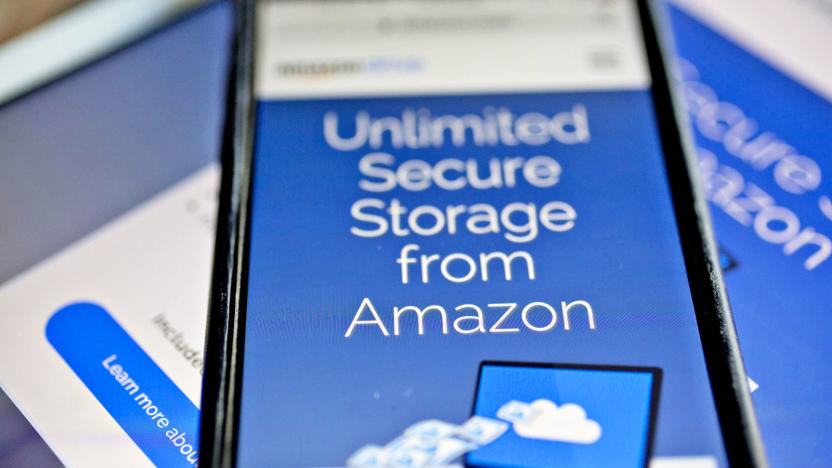
Amazon drops its unlimited cloud storage plan
For a couple of years now, Amazon has had one of the more desirable cloud storage plans out there, offering infinity terabytes for just $60 per year. If you were taking advantage of that to store your 8K RAW video, however, you now need to pay more: Amazon has officially killed the plan. Instead, you get a not-as-generous 1TB for the same price, and up to 30TB for an addition $60 per terabyte -- an eye watering $1,800 per year.
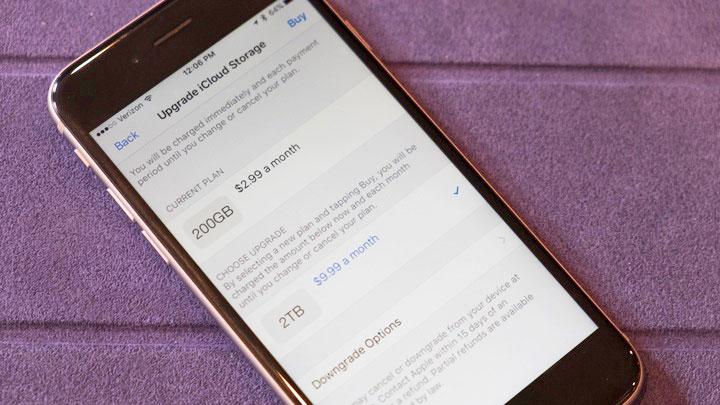
Apple's 2TB iCloud plan will only cost you $10 a month
A slew of announcements came out of Apple's Worldwide Developers Conference yesterday including a price drop for the company's 2TB iCloud storage plan. It may not be as sexy as the HomePod, but it's still pretty good news.
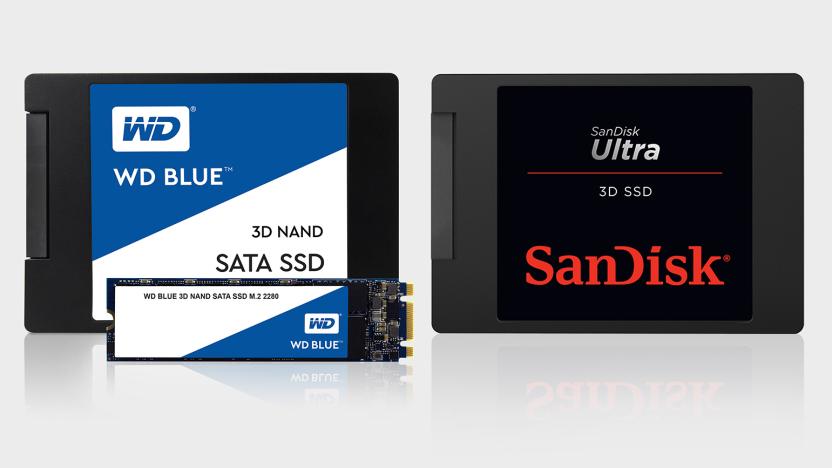
WD's next-gen SSDs add even more speed and capacity
Hard disk specialist Western Digital (WD) acquired SSD maker SanDisk last year for a colossal $19 billion, and now we're getting some idea as to its strategy. The company unveiled two new lineups -- branded under each company's names -- that feature the first SSDs to use 64-layer 3D NAND chips developed by SanDisk. The new, higher capacity chips will allow for "lower power consumption and higher performance, endurance and capacities," Western Digital wrote in its press release.
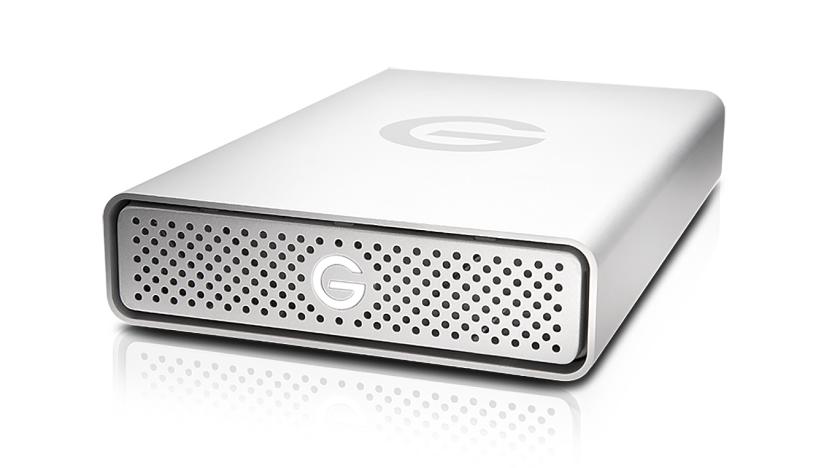
WD's G-Drive USB-C adds storage and power to your laptop
Apple's courageous decision to equip the MacBook with just one USB-C port for charging and external storage forced owners to carry a pricey dongle if they wanted to do both at once. If you're in that camp, or would rather not sacrifice a port on your MacBook Pro or other USB-C device, Western Digital has a drive that could make your day. The G-Drive USB-C gives you 4, 8 or 10TB of storage, while simultaneously charging your laptop with up to 45 watts of power.
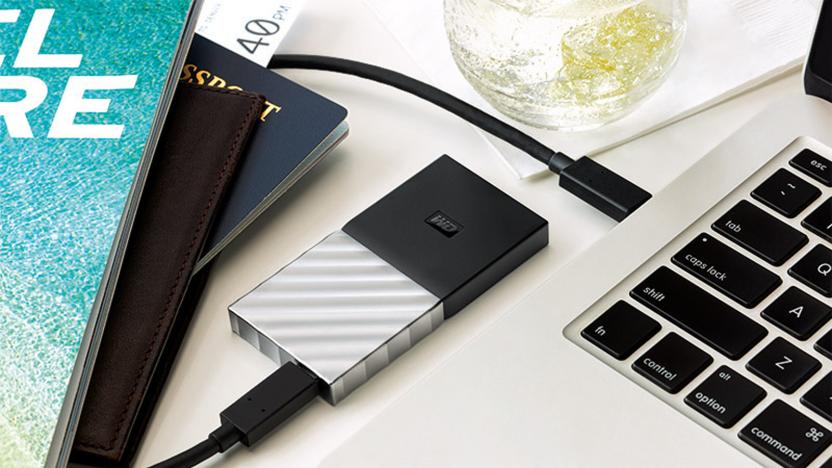
Western Digital unveils its first portable SSD
Western Digital only just started accepting that SSDs are ready for the mainstream, but it's making up for that lost time by launching its first portable SSD just months after unveiling a desktop drive. The simply-named My Passport SSD gives you 256GB, 512GB or 1TB of flash storage in a pocketable and ever-so-slightly fashionable design. While it's not the absolute fastest drive we've seen with a peak 515MB/s sequential read speed (it's a bit faster than Samsung's T3), the new drive is definitely keeping up with the Joneses. It's designed for USB-C (there's a USB-A adapter in the box), touts 256-bit hardware encryption and is tough enough to survive a 6.5ft drop.

Intel's extra-fast 3D storage comes to your desktop PC
It didn't take long for Intel's 3D Optane storage to reach a product you can realistically buy. The chip maker has introduced Optane modules designed to boost the performance of your desktop PC. They're strictly cache drives that only hold 16GB or 32GB (the server module packs 375GB), but don't let that dismay you. In theory, the combination of extremely low latency (under 10 microseconds) with solid state drive speeds (at least 900MB/s in peak sequential reads) should dramatically reduce loading times across the board.
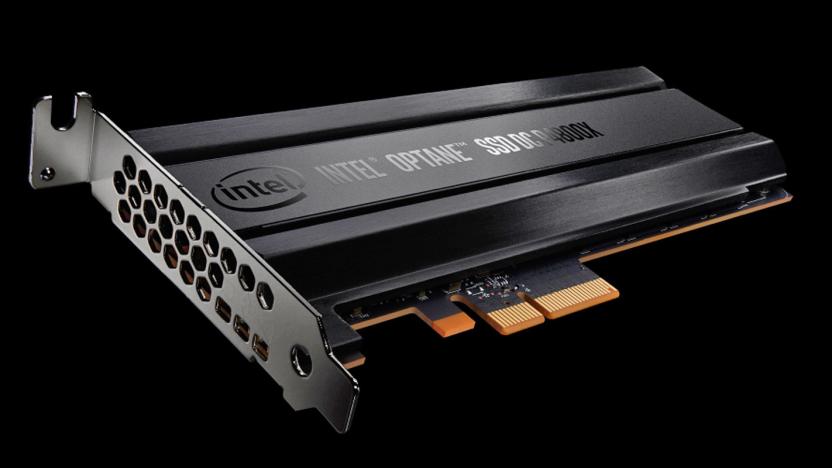
Intel's first hyper-fast 3D drive is meant for servers
At last, Intel is making a stand-alone drive based on its extremely fast 3D storage technology... although you're probably not about to pick one up yourself. The chip maker has unveiled the Optane SSD DC P4800X, a drive destined for the PCI Express or NVMe slots in servers. It only has 375GB of space, but its extremely low latency (typically under 10µs) and 2GB/s throughput means that it can serve as either a memory cache or storage. If you're involved in high-performance computing, online shopping or other categories obsessed with gobs of RAM and rapid turnaround times, this is theoretically your dream device.
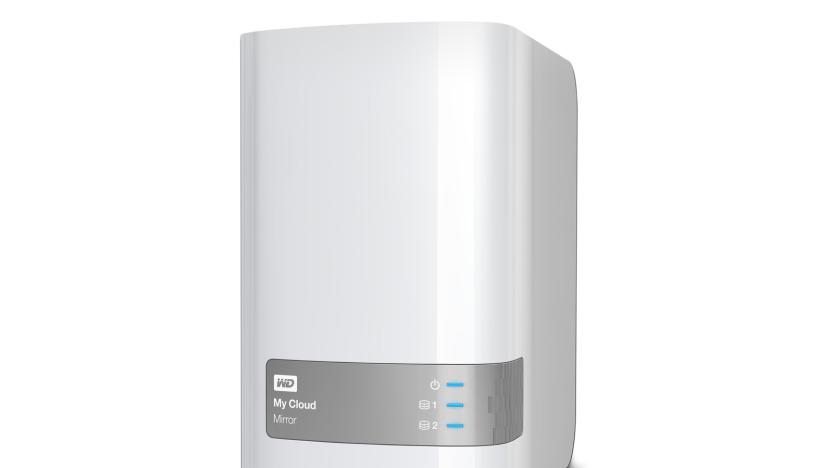
Your WD networked drive is vulnerable to remote attacks
If you have one of Western Digital's My Cloud nstorage drives, you might be particularly vulnerable to internet attacks. Exploitee.rs has discovered a number of unpatched security flaws in most My Cloud models that let remote intruders bypass the login, insert their own commands and upload files without permission. In numerous cases, it's a matter of poorly implemented scripts. Also, every command exectued through the web interface has full access to the operating system -- an attacker would have the keys to the kingdom.






